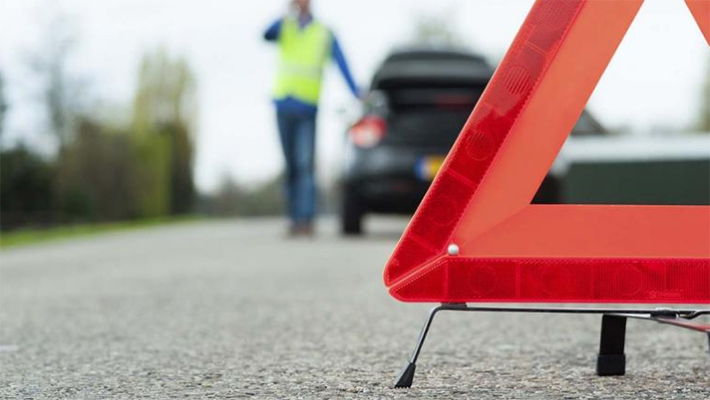An emergency situation or a breakdown with the vehicle is unforeseen at any time of the day. In spite of this, it is important to make use of the regulated safety elements in order to be able to resolve the situation safely and alert the rest of the vehicles for what happens to avoid major accidents.
In these cases, knowing how to use the emergency triangles will be essential for our safety. At the same time, the use of beacons and the reflective vest will help in signaling.
Today we tell you everything you need to know to signal your car in case of breakdown or mechanical failure.
Prior to placing the emergency triangles, it is very important that you locate the vehicle in a place that is as visible as possible and that does not interfere with the movement of the rest of the cars. Preferably you have to leave it on the shoulder.
Before getting out of the vehicle, I turned on the beacons and used the reflective vest with reflective tapes. This is so that other drivers can identify you and visualize the stopped car.
When placing the emergency triangles, it must be considered that they must always be accommodated in front of the users, not on the side.
In case the road is of double direction, a triangle should be placed in front of the vehicle and another one in the rear. The distance between the triangles and the car should be 50 meters, that is, about 70 to 80 steps. Locating them at a lesser distance will make this item lose meaning because the rest of the vehicles will not have sufficient anticipation to identify the damaged car; therefore, the reaction time will be shorter and a road accident may occur.
If the road is one way, you should place a triangle behind the car, that is, in the direction of the rest of the cars. Also, the minimum distance must be 50 meters.
In case of a curve, the triangles should go where it starts.
How should the emergency triangles be?
The retro reflective beacons should have an equilateral triangle shape with a surface area of no less than 0.5 m2, a length between 0.4 to 0.5 m and a width between 0.05 to 0.08 m. The surface must contain red retro reflective material, at a minimum of 0.25 m2. The rest may be orange fluorescent material, distributed on its inner edge. In the base will have a support that ensures its stability with winds of up to 70km / h.
